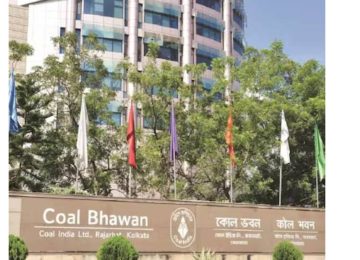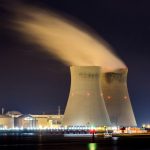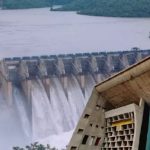India’s energy sector in 2025 is at a fascinating crossroads, experiencing both a rare decline in power consumption and a powerful surge in renewable energy adoption.
Recent data from SBI Capital Markets and Crisil reveal a 1.5% year-on-year drop in Q1 FY26 power consumption and a 4.3% fall in May 2025, respectively. These dips are attributed to unseasonal, above-average monsoon rains and a slowdown in industrial activity, showcasing how climate variability and economic cycles increasingly influence energy use.
Amid these fluctuations, India is charting bold new horizons. The nation’s total installed power capacity has reached 476 GW as of June 2025, with non-fossil fuel sources now comprising nearly half.
The government’s ambitious vision targets 500 GW of renewable energy by 2030, led by solar and wind. Investments are robust, with $25 billion funneled into renewables in 2025 alone and domestic corporations committing over Rs 1.5 lakh crore to solar, wind, and battery storage projects. Solar energy, now highly cost-competitive at Rs 2.40/kWh for utility-scale projects, is poised to meet significant future demand, while smart grid deployment extends reliable power to millions of rural households.
Despite a brief dip, India’s energy demand continues its robust ascent, with per capita electricity consumption hitting a record 1,538 kWh in FY2024-25. This growth, driven by economic expansion and urbanization, reinforces a consistent upward trend. However, the recent Q1 FY26 consumption decline, primarily due to early monsoons, prompts a deeper examination of its implications.
This divergence points to a crucial trend: while overall demand might occasionally plateau due to specific weather or economic factors, the share of renewables in the energy mix is steadily increasing. The SBI CAPS report notes a significant global trend of increasing variable renewable energy (VRE) sources like wind and solar, with projected growth rates of 7-9% between 2023 and 2030, a trend India is set to mirror.
The temporary dip in consumption, driven by reduced cooling demand, actually highlights the growing influence of weather on India’s energy grid, making VRE integration even more critical. While VRE’s share in overall demand is rising, its contribution to peak demand remains low. This creates a mismatch, particularly in evening hours when solar generation drops and demand often spikes. For example, in May 2025, the evening demand-supply gap averaged 10%, reaching up to 90% on extreme days. Conversely, during solar generation hours (7 AM to 5 PM), power supply can be 2.8 times higher than demand, indicating excess generation.
This imbalance underscores the urgent need for battery energy storage systems (BESS) to store excess solar power for peak demand. The viability of storage is now evident, with pricing differentials making BESS competitive even without viability gap funding (VGF). Government initiatives, like the ₹5,400 crore VGF scheme for 30 GWh BESS capacity, are vital steps, signaling an industry maturation where incentives are calibrated as costs decline.
For energy-intensive industries, a consistent and affordable power supply is paramount. While a temporary reduction in demand due to weather is unlikely to alter long-term strategies, industries are increasingly exploring rooftop solar and other captive renewable solutions for energy independence, hedging against fluctuating grid tariffs, and achieving sustainability goals. The SBI CAPS report indicates a surge in non-utility solar, driven by favorable government policies and better affordability, suggesting a growing trend of decentralized power solutions.
This trend presents both challenges and opportunities for grid operators and traditional power providers. Grid operators face the complex task of integrating intermittent renewable sources and managing localized generation, requiring significant upgrades to smart grid infrastructure. Traditional providers must adapt, embracing hybrid models that include storage, microgrids, and demand response services, becoming facilitators of this decentralized future.
The need for resilient infrastructure is further underscored by extreme weather events, such as heavy rainfall and cloudbursts, causing devastation in Himachal Pradesh. Such unpredictability highlights the urgent need for comprehensive climate action and resilient infrastructure. Integrating intermittent renewables, modernizing the grid, and scaling up storage solutions are critical priorities. India’s energy journey is defined by the dynamic interplay between legacy infrastructure and cutting-edge technologies and between policy vision and private investment as it lays the foundation for a resilient, sustainable, and inclusive energy future.













